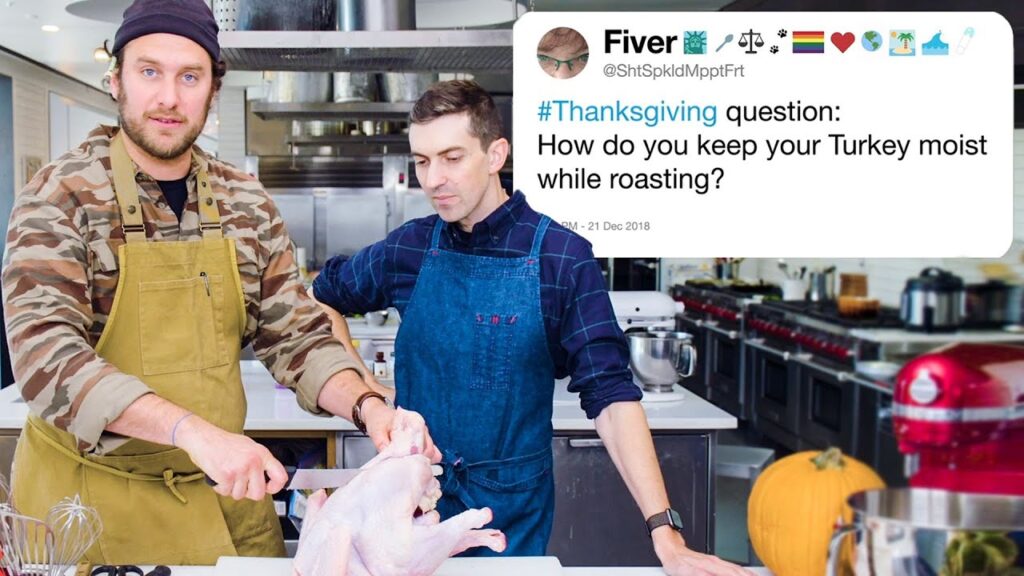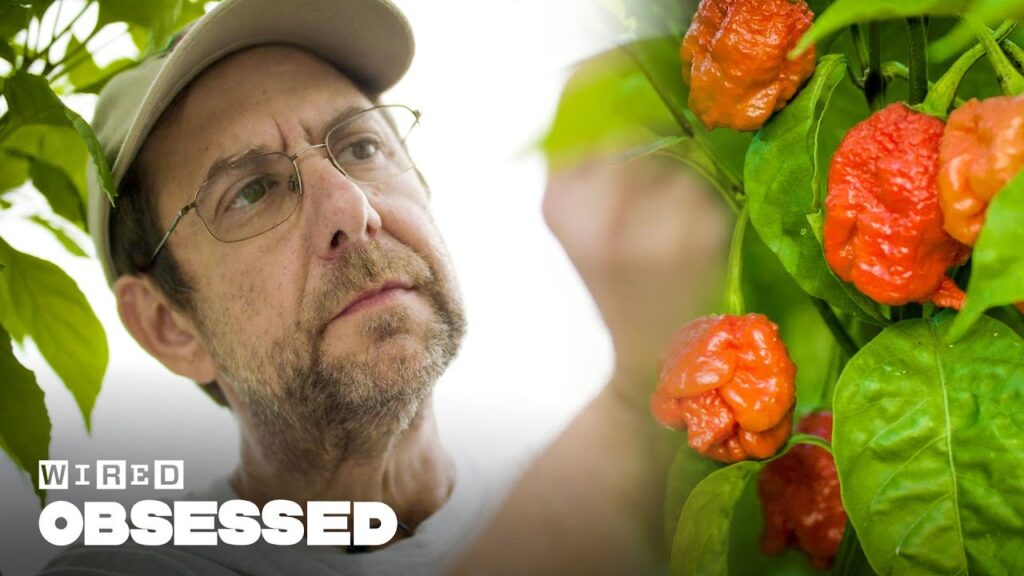Pushing the Limits of Pumpkin Carving: Taking Your Skills to the Next Level
Summary
In this article, we explore the different levels of pumpkin carving, from the basic-level to more intricate and complex designs. We cover the use of tools and techniques for carving 3D designs, adding light, using multiple pumpkins, and painting the final product. We also discuss the creative approach of the writer towards pumpkin carving, and the future of this activity in the realm of art.
Table of Contents:
- Introduction
- What are the different levels of pumpkin carving, and how can I take my skills to the next level?
- How can I carve pumpkin in 3D?
- How can I add light to my pumpkin?
- How can I use multiple pumpkins for a more complex design?
- How can I accentuate the details of my carving using paint?
- What is the ultimate level of pumpkin carving?
- Conclusion
Introduction:
Pumpkin carving is a classic Halloween tradition, but have you ever thought about taking it to the next level? In this article, we will explore different levels of pumpkin carving that you can work up to. We will also discuss methods, tools, and techniques that can help you achieve more intricate and complex designs.
Q&A:
What are the different levels of pumpkin carving, and how can I take my skills to the next level?
Pumpkin carving can be taken to various levels of complexity, starting with basic-level carving, to 3D carving, adding light to the pumpkin, and painting or using multiple pumpkins. The ultimate challenge, pushing the limit, involves using pumpkin as a raw material and sculpting elaborate designs with movable parts, using steel and wood for support.
To take your skills to the next level from basic-level, we recommend trying 3D carving or adding light to your designs. Once you have mastered those, experiment with multiple pumpkins, paint, or try your hand at pushing the limits with raw pumpkin sculptures. Keep practicing, and you’ll develop new techniques and skills along the way.
How can I carve pumpkin in 3D?
To carve a pumpkin in 3D, you will need to carve and add pieces to the outside of the pumpkin using glue, dowel rods or other means of support. Select a design, and then break it down into layers that can be added to the outside of the pumpkin. Use a template or draw directly on the pumpkin surface to guide you. Carefully carve each layer and add them to the pumpkin, ensuring that they are securely attached.
An essential tool to have for 3D carving is a dremel or other rotary tool, which can be used to carve intricate details and create smooth edges. You can also experiment with using other materials such as clay or paper-mache to add supporting structures or fine details.
How can I add light to my pumpkin?
Adding light to your pumpkin can make your creation stand out and come to life. There are different ways to add light, but the most straightforward method is to cut a hole at the top of the pumpkin and scoop out the pulp and seeds. Using a small drill or a knife, create a pattern of holes through which the light will shine. Place a small tea light or LED light inside the pumpkin, and voila! You’ve added light to your pumpkin.
To make the light more interesting, focus on the eyes of the pumpkin. Carve out the eyes and add layers of paper or cardboard behind them to create depth. Place the light source behind the layers, and the effect will be stunning.
How can I use multiple pumpkins for a more complex design?
Using multiple pumpkins can add depth and complexity to your design. Choose pumpkins of varying sizes, and create a design that flows seamlessly between them. Use glue or dowel rods to connect the pumpkins securely.
One idea is to create a pumpkin family, with each pumpkin representing a different family member. Another idea is to create a scene, such as a haunted house, with each pumpkin representing a unique aspect of the scene. Use your imagination and experiment with different configurations until you find one that works.
How can I accentuate the details of my carving using paint?
Painting your pumpkin can add a new dimension to your design by accentuating the details of your carving. The key is to choose the right paint and brushes. Acrylic paint is best, as it dries quickly and adheres well to pumpkin skin. You’ll need a selection of brushes, from wide to fine for detail work.
Before painting, clean the surface of the pumpkin with a damp cloth to remove any dirt or residue. Let the pumpkin dry completely before beginning to paint. Start with a base coat, and then add colors and details to bring out the design. Allow the paint to dry between coats, and use a varnish to protect the paint.
What is the ultimate level of pumpkin carving?
The ultimate level of pumpkin carving involves using pumpkin as raw material and creating an armature out of steel and wood to build an elaborate pumpkin zombie decoration with movable parts. This level of carving is not for the faint of heart and requires expertise in sculpting and anchoring the pumpkin pieces.
To create the armature, start by building a support structure made of wood and steel. Then, use a pumpkin carving saw or other tools to carve the pumpkin into pieces that can be attached to the armature. Use glue or other materials to secure each piece in place, ensuring that they can move as desired.
The possibilities are endless when working at this level of carving. You can use inspiration from zombie movies, Mongolian armor, or horror flicks to create unique and intricate designs.
Conclusion:
In conclusion, pumpkin carving is a traditional Halloween activity that can be taken to new heights by experimenting with different levels of intricacy, tools, and techniques. From 3D carving to adding light or using multiple pumpkins, each level builds on the previous one and requires a higher level of expertise.
We encourage you to take on the challenge and push the limits of pumpkin carving. Who knows, you may be the next pumpkin carving master, breaking new ground and inspiring future generations of pumpkin carvers. Happy carving!






